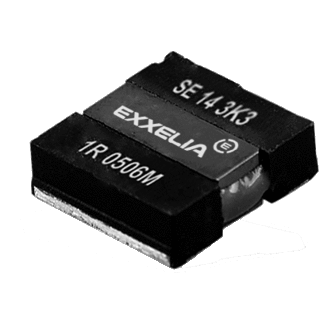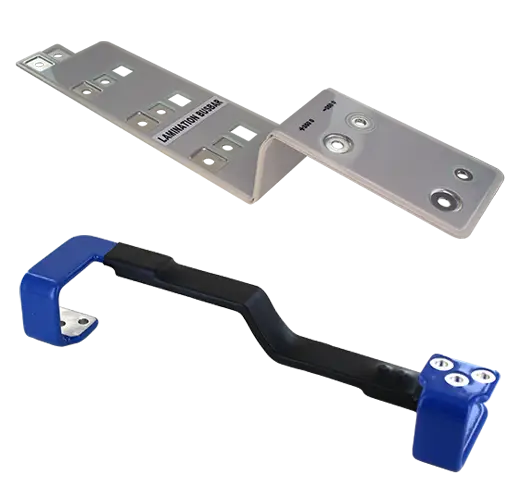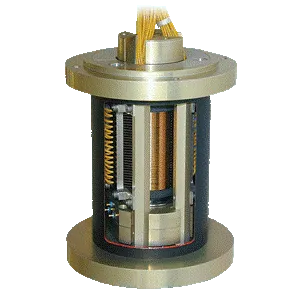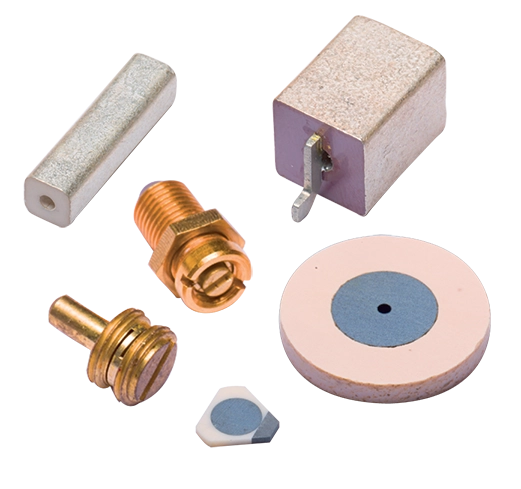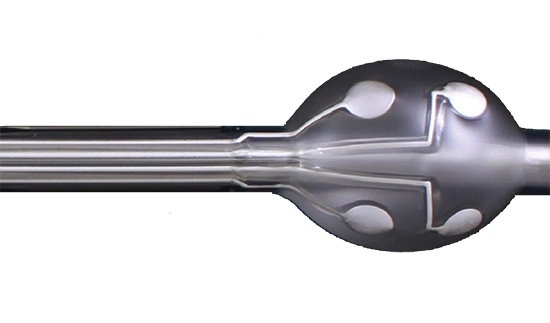

Exxelia celebrates 10 years of market growth as a leader in passive components and electromechanical solutions. #Exxelia10years #poweringperformance
Exxelia celebrates the 10-year anniversary of its brand by confirming its market growth
Exxelia brand celebrates its 10-year anniversary! @Exxelia #poweringperformance #Exxelia10years
Paris, France - August 29th 2019 – Exxelia, a leading global designer and manufacturer of highly engineered passive components and electromechanical solutions, celebrates the 10-year anniversary of its brand by confirming its market growth.
The group Exxelia was born from the merge of five long-established companies with complementary activities and know-how (Eurofarad, Firadec, Sic Safco, Microspire and Astema). Today, Exxelia counts thirteen manufacturing sites located in France, the United States, Vietnam and Morocco.
Embedded into the most advanced commercial aircrafts, the latest generation of fighter jets, onboard the most prestigious space exploration missions such as ChangE4 and Insight, Exxelia products have always been the trusted choice where the environment is harsh and reliability a must.
Paul Maisonnier, CEO of Exxelia says: “Over the past 10 years, Exxelia has double its revenue thanks to organic growth and strategic acquisitions. We are proud to be recognized as a leading designer and manufacturer of standard and custom solutions with a worldwide reputation for performance and quality.”
Looking ahead, Exxelia focuses on expanding its international presence to become the pure player world leader of complex passive components for high reliability applications.
To see Exxelia’s latest success stories, visit https://www.linkedin.com/company/
#poweringperformance
3100
employees


